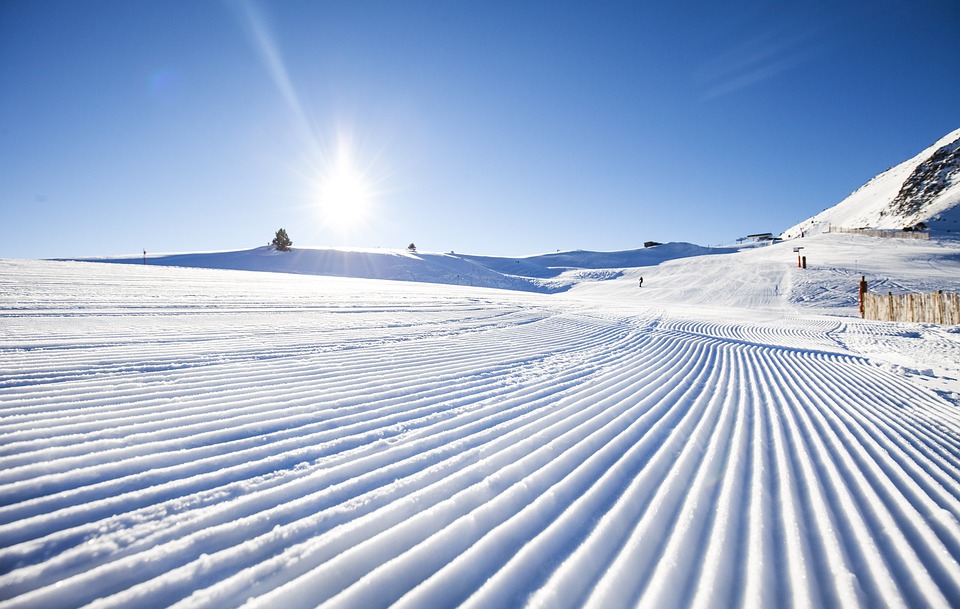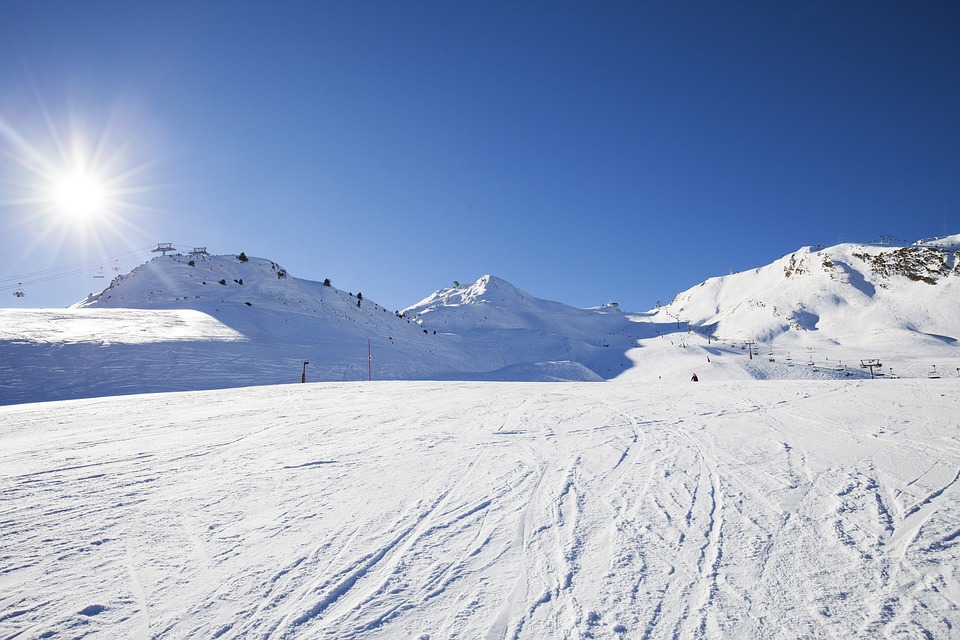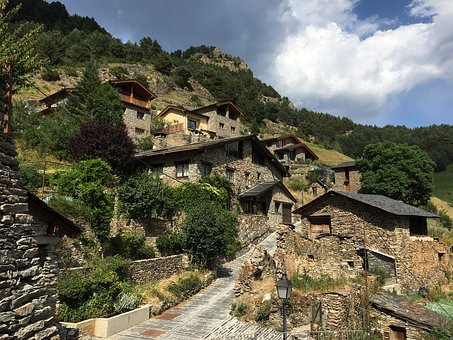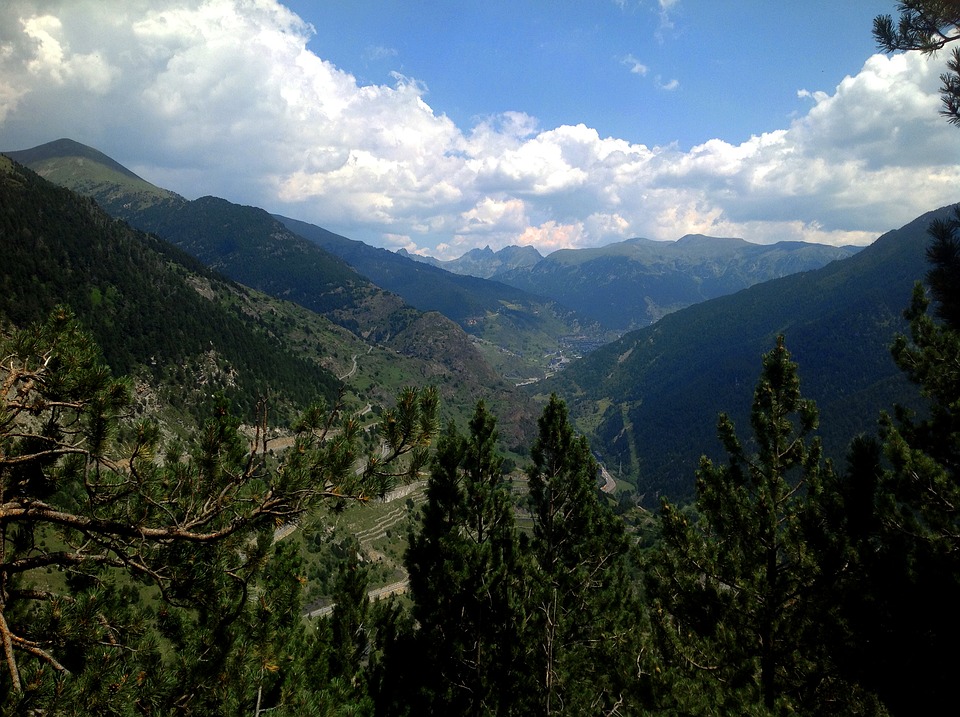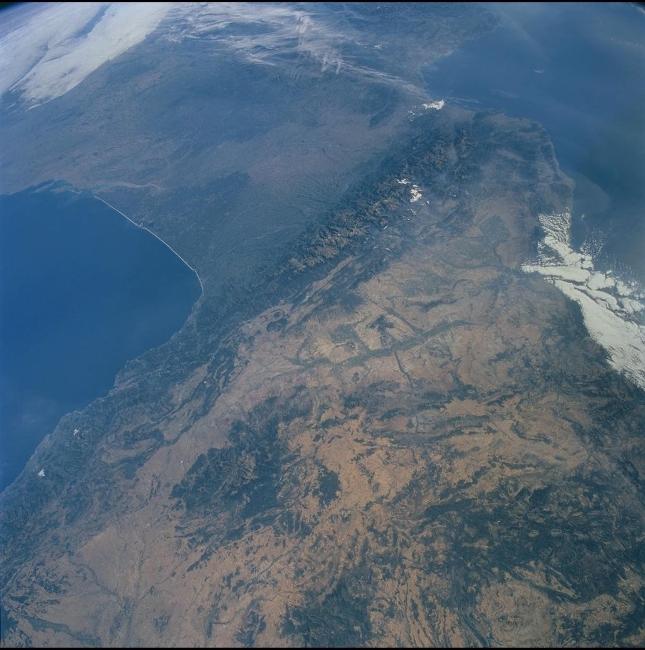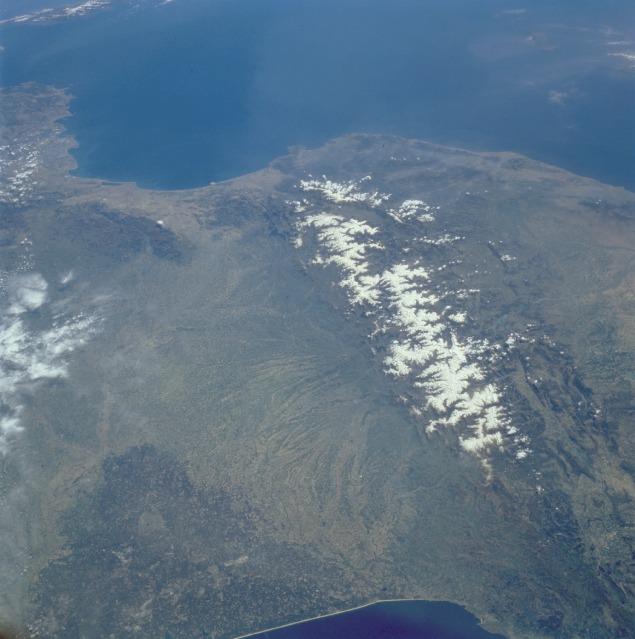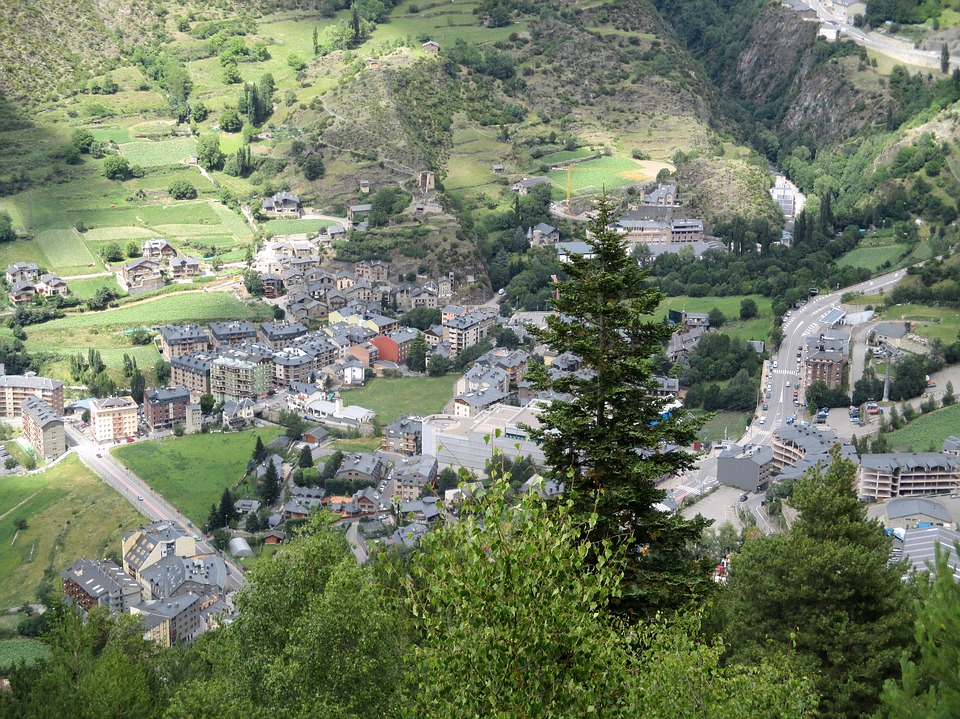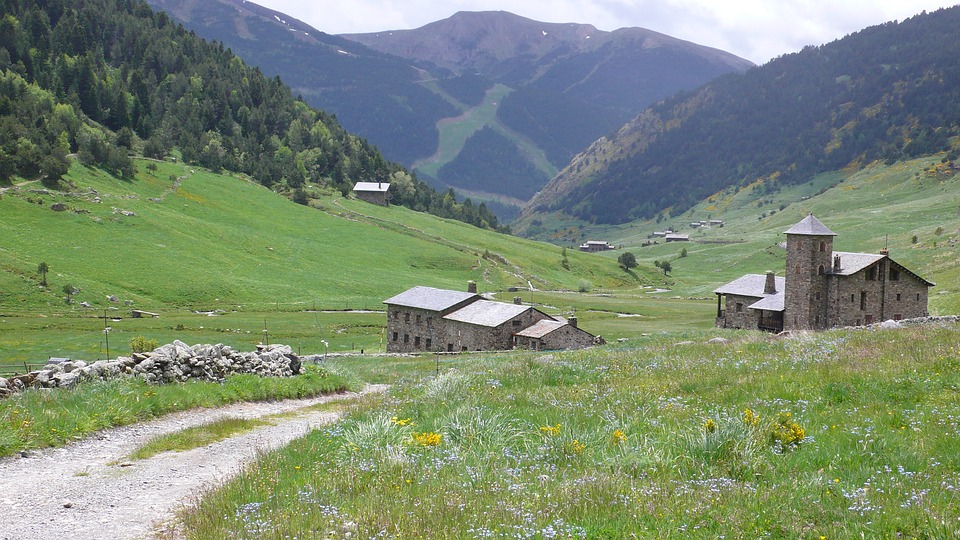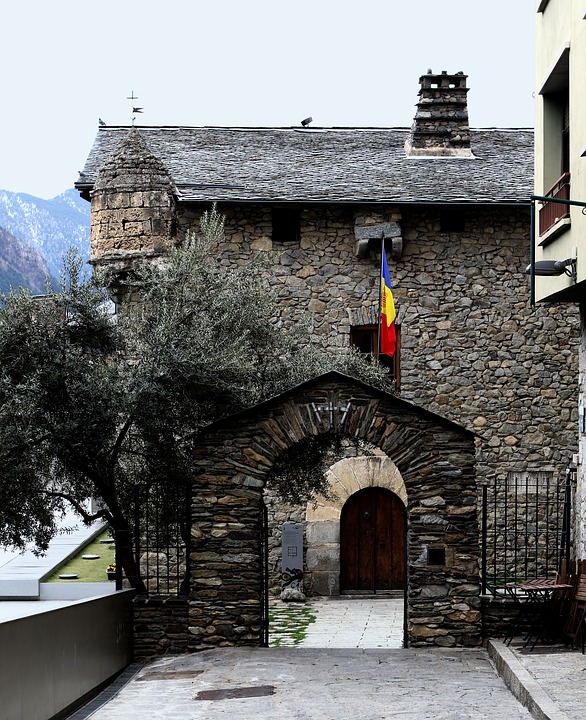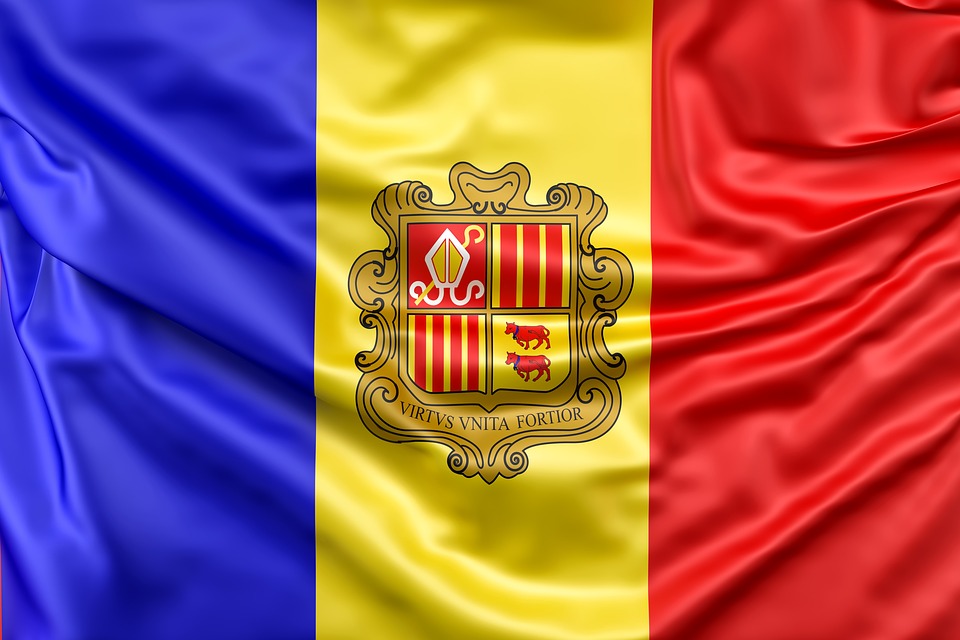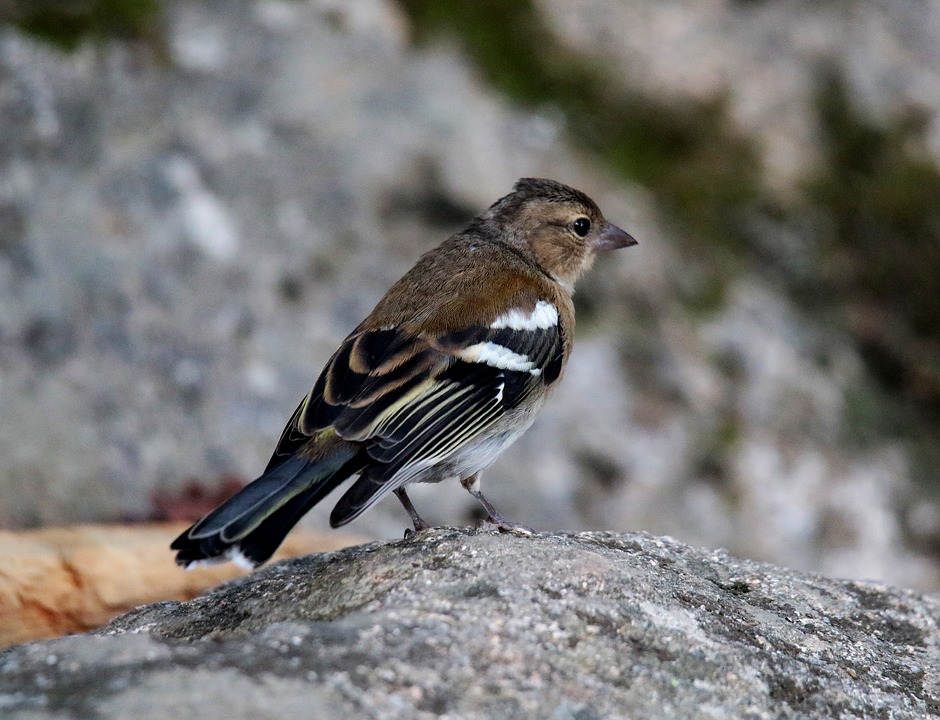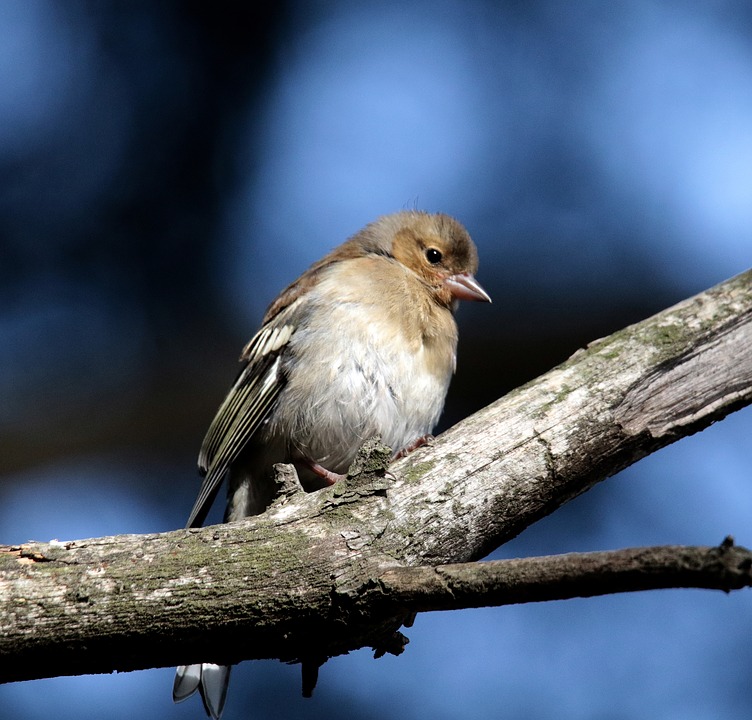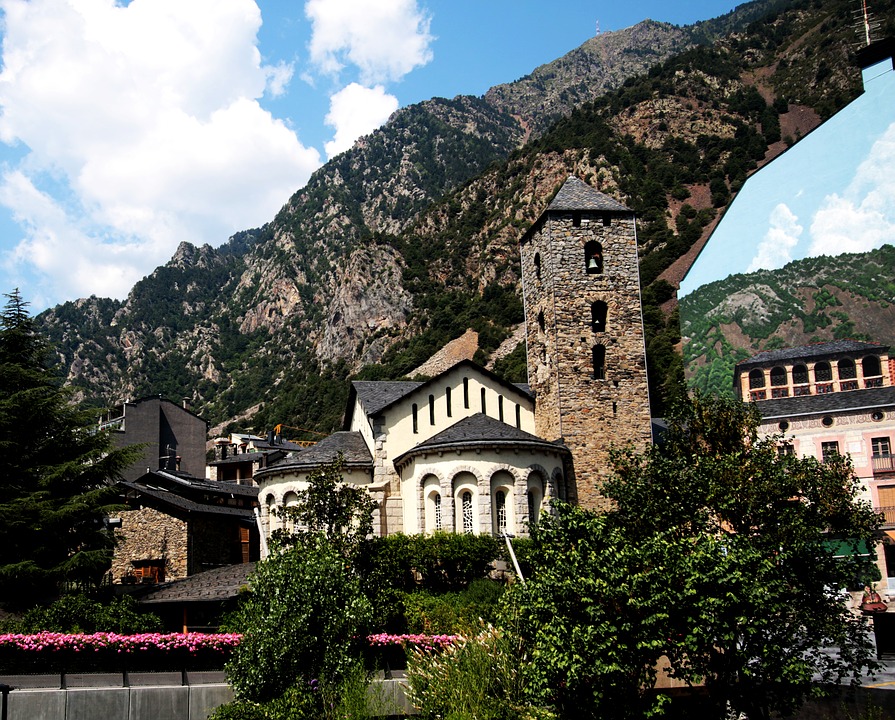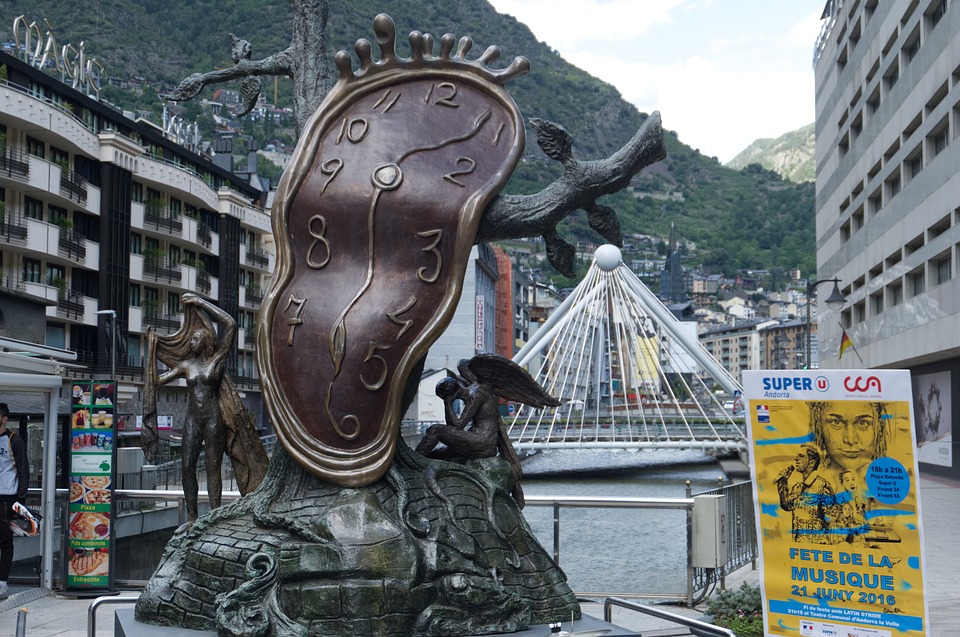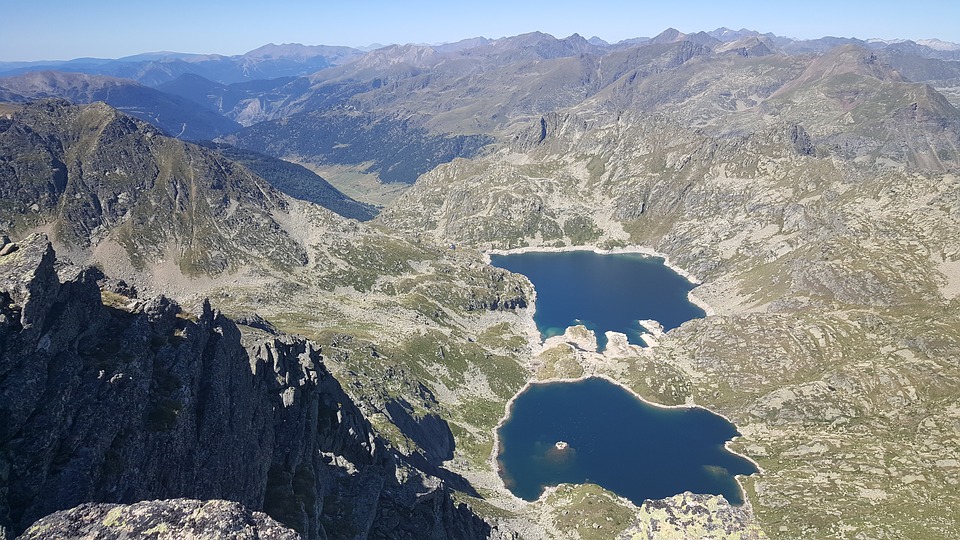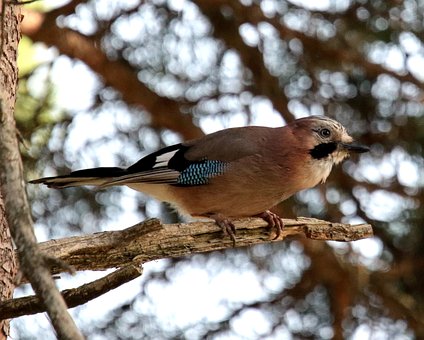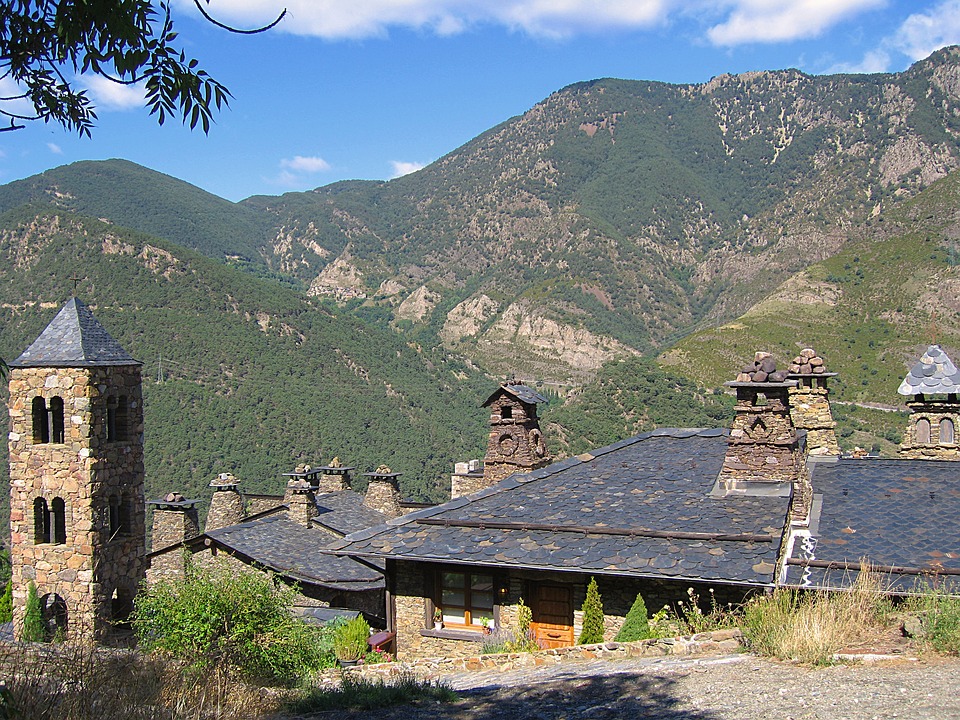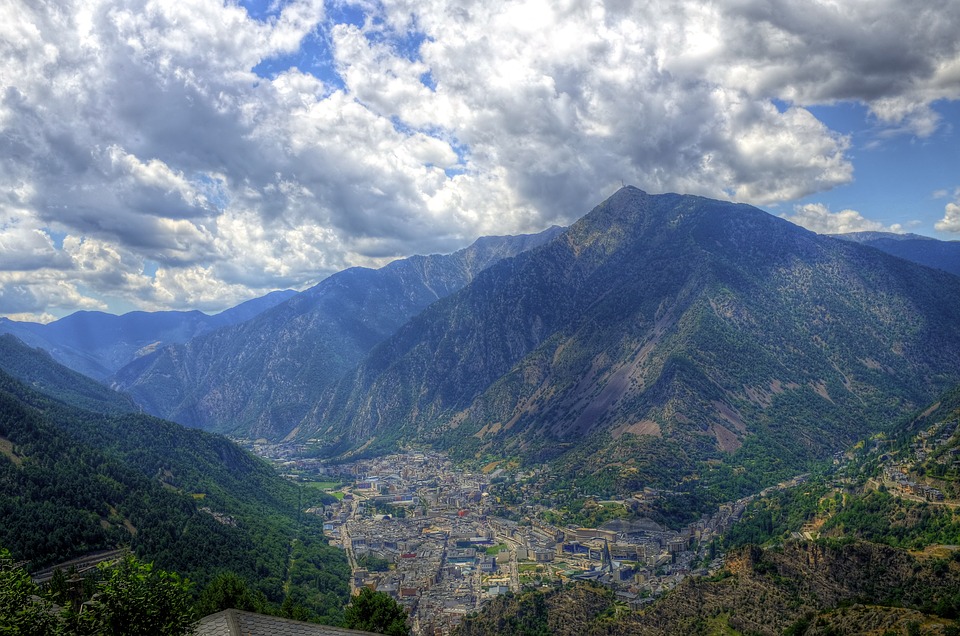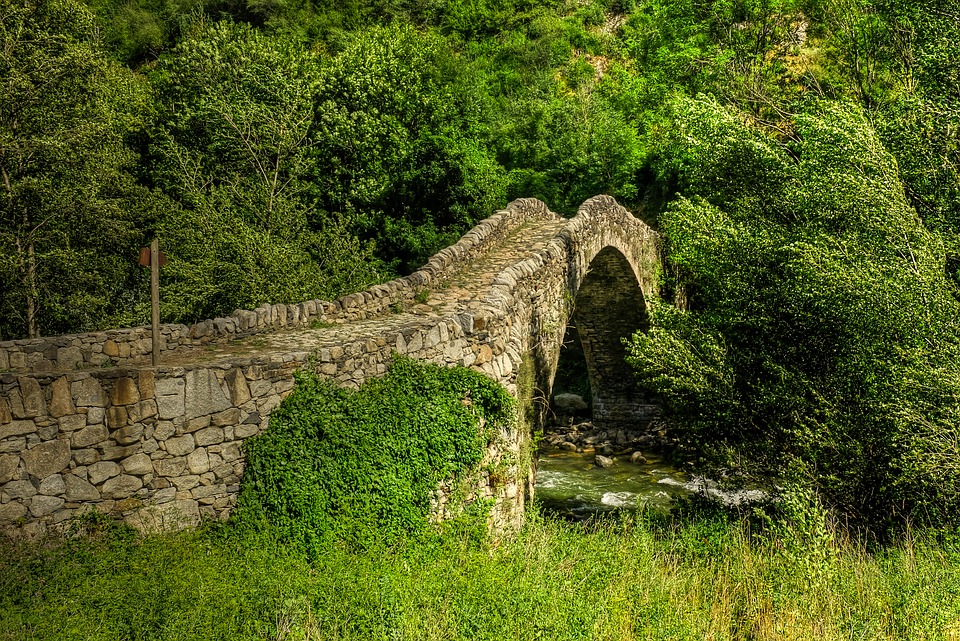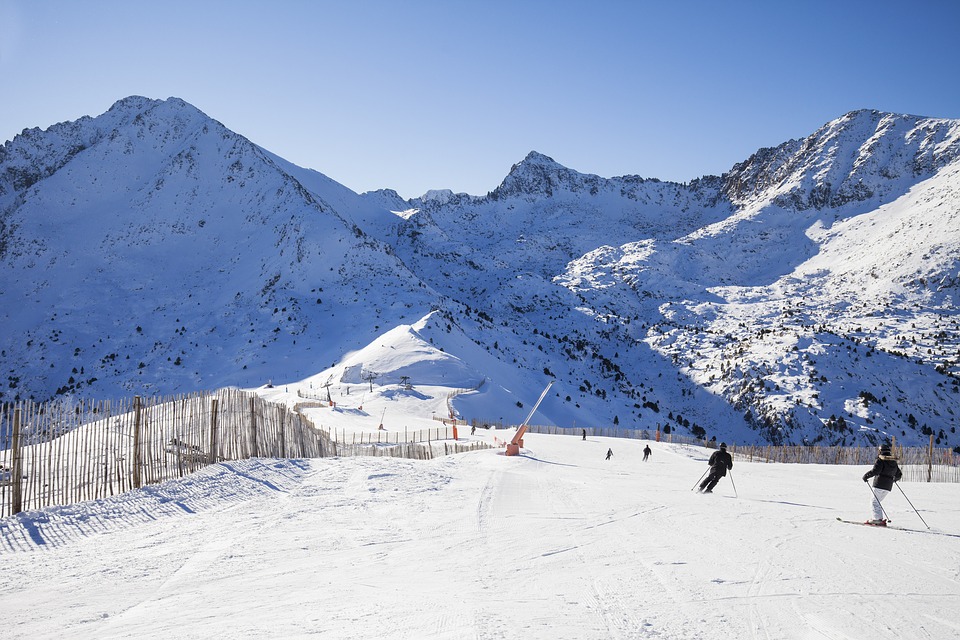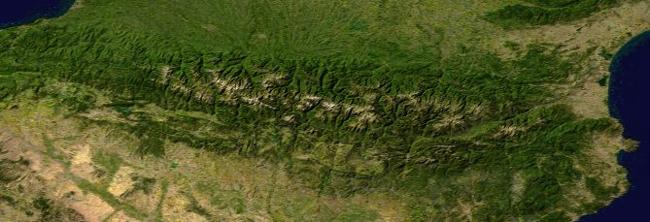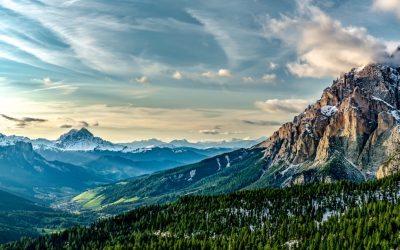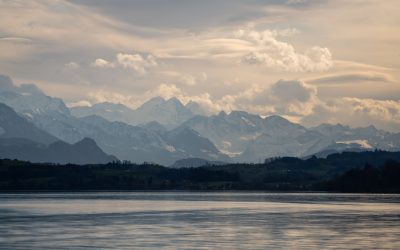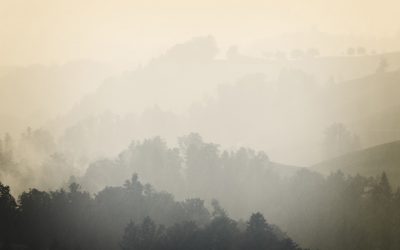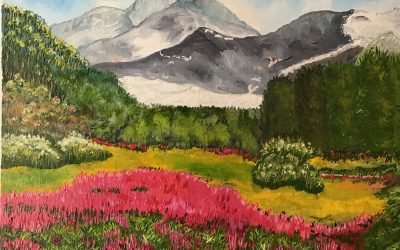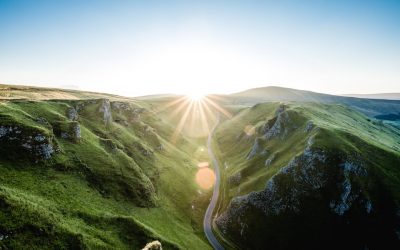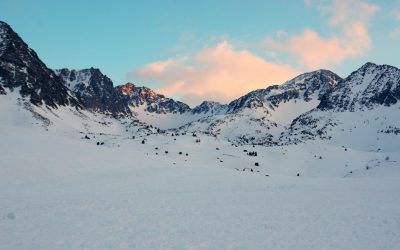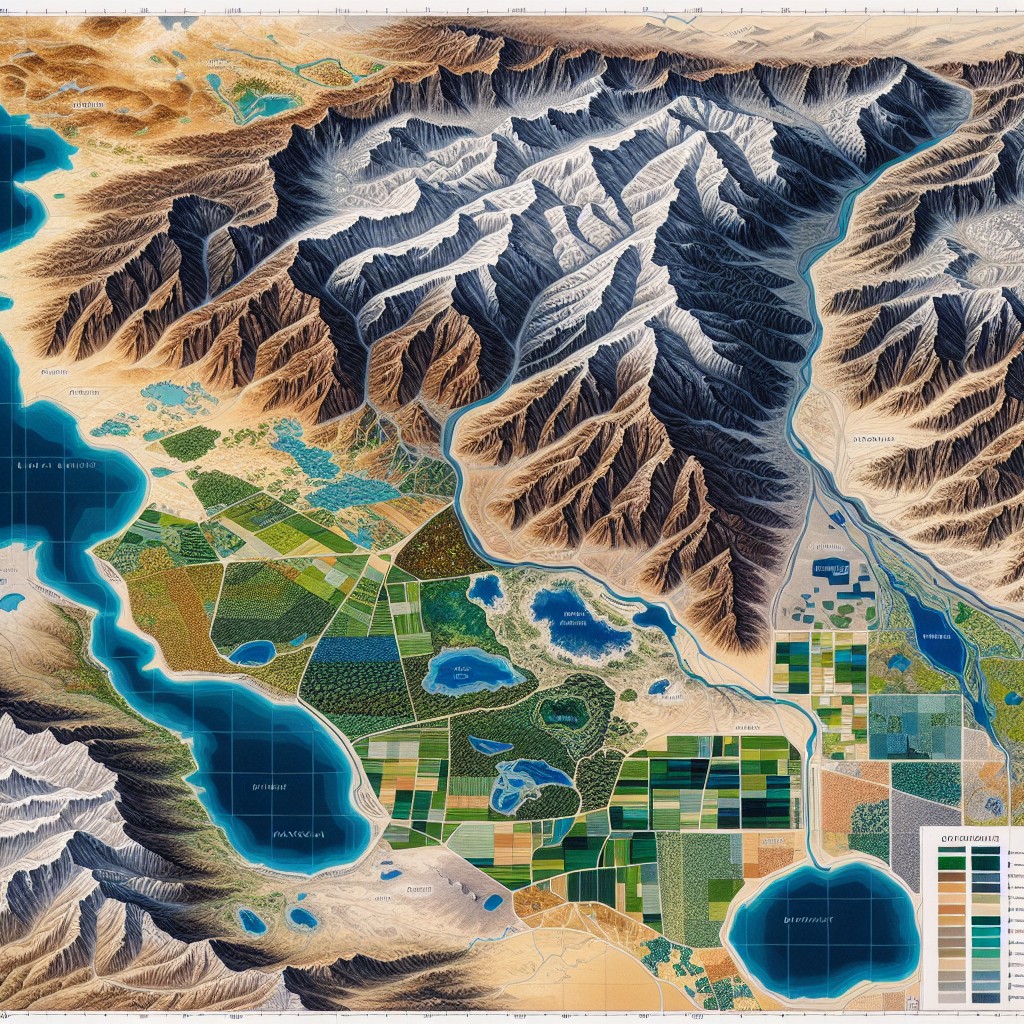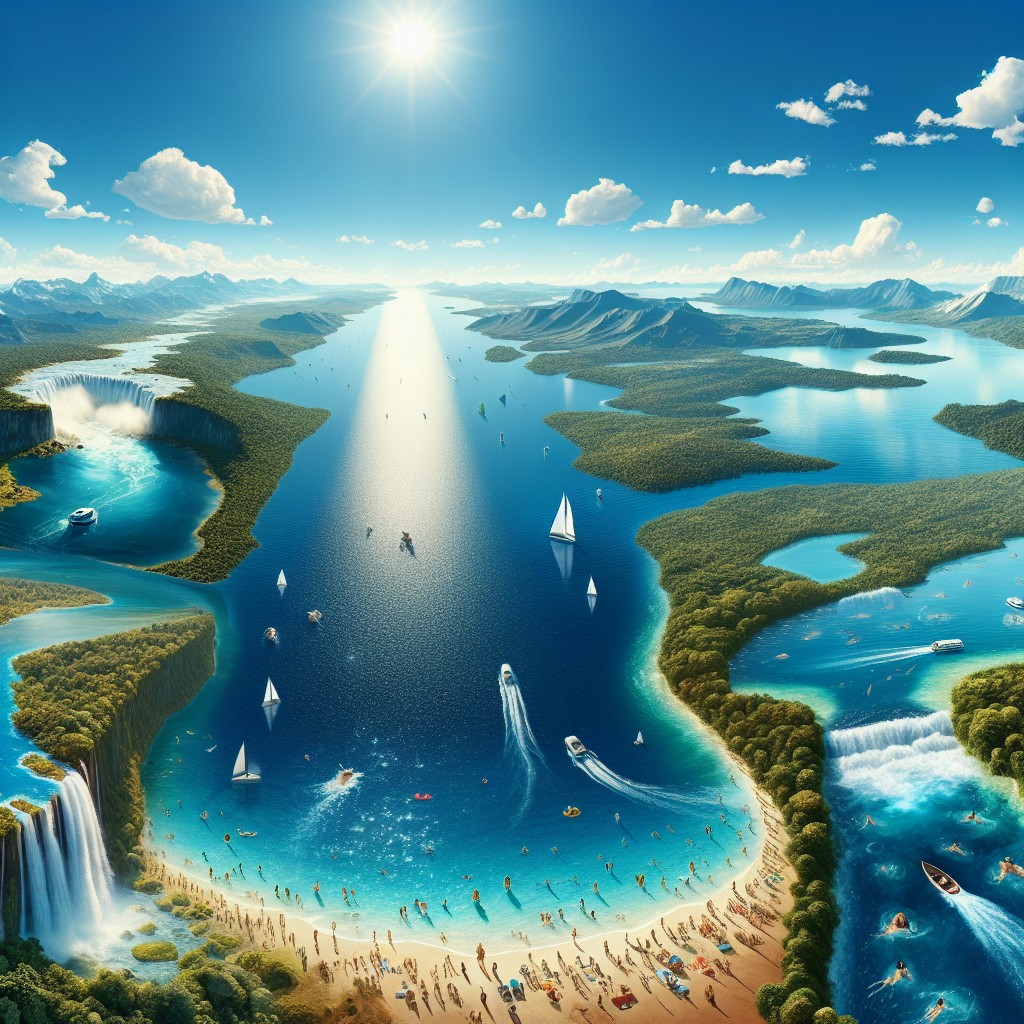Andorra
(Principat d’Andorra (Principality of Andorra))

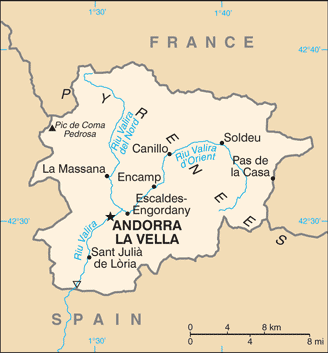
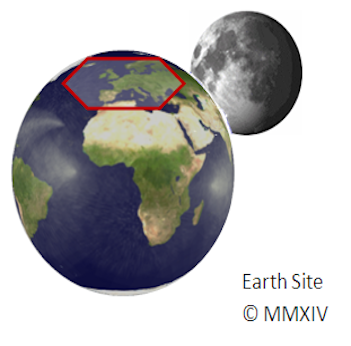
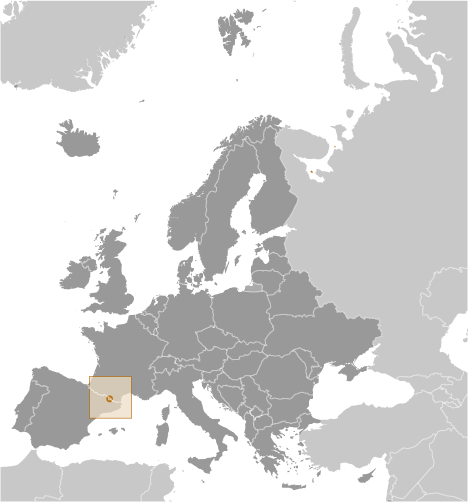
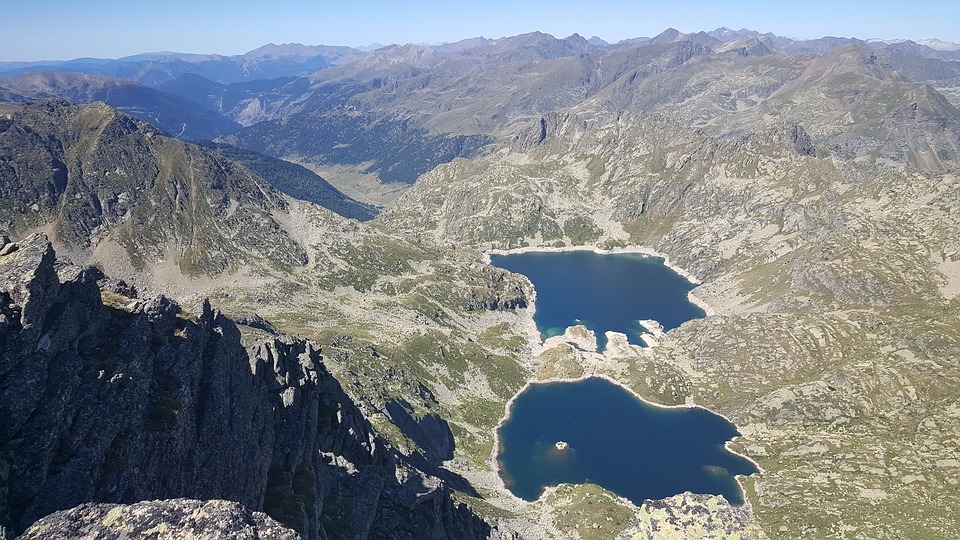
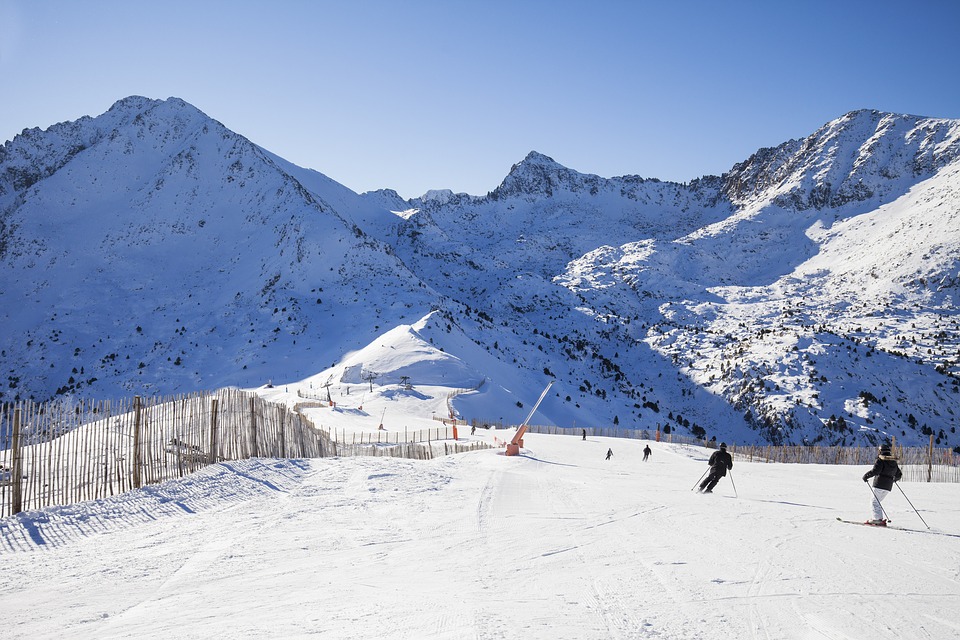
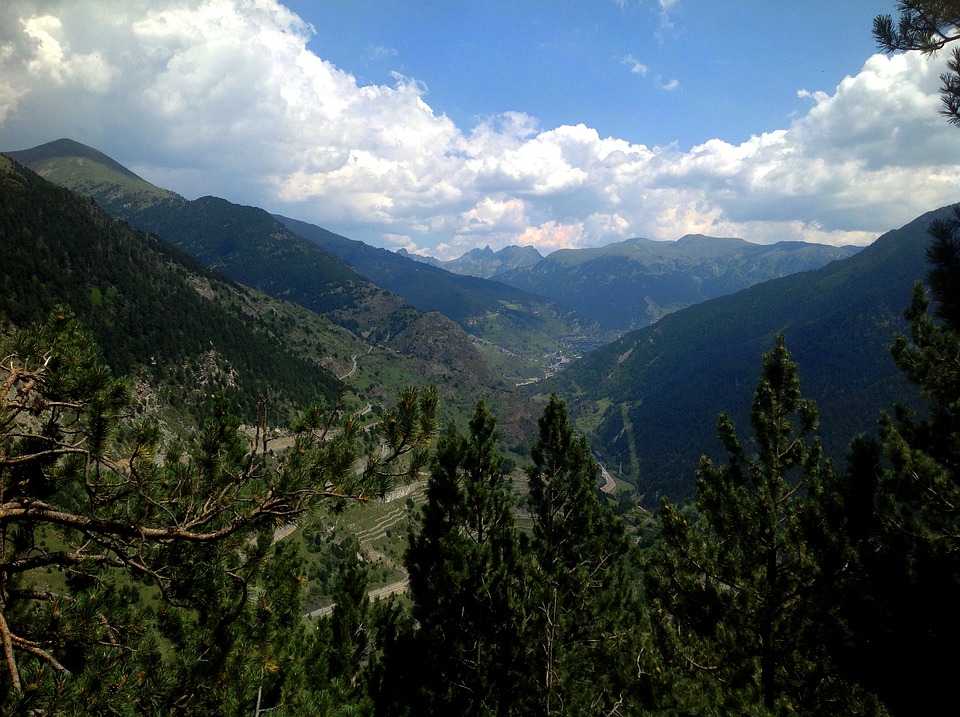
Capital: Andorra la Vella
Population (Estimated July 2012): 68,061
Area: 464km2 or 179mi2
Currency: Euro (€)
Official Language: Catalan
Political Information: Parliamentary Co-Principality
Official Religion: No Official Religion
(but predominantly Roman Catholic)
Highest Mountain: Pic de Coma Pedrosa at 2,946m or 9,665ft
Largest River: the Segre 265km
GDP Purchasing Power Parity (PPP is good for gauging living conditions and use of resources but not as accurate as OER. This data has been calculated based on the sum value of all goods and services produced in the country valued at prices prevailing in the United States)
(Estimated 2011): $3.169 billion (US$) or £1,901 million(GBP)
GDP (PPP) Per Capita (per member of the population estimated 2011): $37,200 (US$) or £22,320(GBP)
Time Zone (GMT/UTC): +1:00
Counties/Provinces/States: Parishes (parroquies, singular – parroquia); Andorra la Vella, Canillo, Encamp, Escaldes-Engordany, La Massana, Ordino, Sant Julia de Loria
Leaders: French Co-prince Francois HOLLANDE (represented by Christian Fremont); Spanish Co-prince Archbishop Joan-Enric Vives i Sicilia (represented by Nemesi Marques i Oste); Executive Council President (or Cap de Govern) Antoni Marti Petit
Additional: In 2007 Andorra had the highest age of Life expectancy at 83.5 years.
Sources: CIA World Fact Book, Encyclopaedia Britannica,
Andorra, a small landlocked country nestled in the Pyrenees Mountains between Spain and France, may not be on everyone’s travel radar. However, this tiny nation is full of surprises and offers a unique blend of Spanish and French influence, stunning natural landscapes, and a rich history. Despite its small size, Andorra has a lot to offer visitors, making it a must-visit destination for those seeking adventure, culture, and breathtaking scenery.
History of Andorra: From Medieval Times to Modern-Day
The origins of Andorra can be traced back to the 9th century when it was established as a feudal state. Over the centuries, Andorra was ruled by various feudal lords and bishops until it became a co-principality in 1278. This unique political arrangement meant that Andorra was jointly ruled by the Bishop of Urgell in Spain and the Count of Foix in France.
Throughout its history, Andorra has managed to maintain its independence and neutrality despite being surrounded by larger and more powerful nations. In modern times, Andorra has become a popular tourist destination and has experienced significant economic growth.
Geography and Climate of Andorra: Mountains, Valleys, and Snow
Andorra is located in the eastern Pyrenees Mountains and covers an area of just 468 square kilometres. Despite its small size, the country is known for its rugged mountain landscapes, deep valleys, and picturesque villages. The highest peak in Andorra is Coma Pedrosa, standing at 2,942 meters.
The Pyrenees Mountains not only provide stunning scenery but also offer excellent opportunities for outdoor activities such as hiking, skiing, and mountain biking. The country experiences a mountain climate with cold winters and mild summers. Snowfall is common during the winter months, making Andorra a popular destination for winter sports enthusiasts.
Culture and Traditions of Andorra: A Blend of Spanish and French Influence
Andorra’s unique culture is a result of its location between Spain and France. The country has been influenced by both Spanish and French traditions, creating a fascinating blend of cultures. This can be seen in the architecture, cuisine, and language of Andorra.
Traditional festivals and celebrations play an important role in Andorran culture. The country celebrates various religious and cultural events throughout the year, including the Carnival, the Feast of Saint John, and the Festival of Our Lady of Meritxell. These festivals are marked by music, dancing, traditional costumes, and delicious food.
Language in Andorra: Catalan, Spanish, and French
Andorra is a multilingual country with Catalan being the official language. Catalan is spoken by the majority of the population and is used in government, education, and media. Spanish and French are also widely spoken in Andorra due to its proximity to Spain and France.
The use of Catalan in Andorra is not only a reflection of the country’s cultural heritage but also plays an important role in preserving its identity. The language is taught in schools and is an integral part of Andorran culture.
Food and Drink in Andorra: Cheese, Wine, and Traditional Dishes
Andorran cuisine is a reflection of its mountainous surroundings and Spanish and French influences. The country is known for its hearty dishes that feature local ingredients such as cheese, cured meats, mushrooms, and game meats.
Traditional dishes to try in Andorra include trinxat, a dish made with cabbage, potatoes, and bacon; escudella i carn d’olla, a hearty meat stew; and coca de recapte, a savory pastry filled with vegetables and cured meats.
Andorra is also known for its wine production, particularly in the region of Sant Julià de Lòria. The country produces a variety of red, white, and rosé wines that pair perfectly with the local cuisine. Andorran cheese, such as tupí and formatge de tupí, is also a must-try for cheese lovers.
Tourism in Andorra: Skiing, Hiking, and Scenic Views
Andorra has become a popular tourist destination, particularly for outdoor enthusiasts. The country offers a wide range of activities for visitors to enjoy, including skiing, snowboarding, hiking, mountain biking, and rock climbing.
Andorra’s top tourist attractions include its ski resorts, such as Grandvalira and Vallnord, which offer excellent slopes and facilities for winter sports. The country’s natural landscapes, including the Madriu-Perafita-Claror Valley, a UNESCO World Heritage Site, are perfect for hiking and exploring.
In addition to outdoor activities, Andorra also offers cultural attractions such as its charming villages, Romanesque churches, and museums. The capital city of Andorra la Vella is known for its shopping opportunities, with numerous duty-free shops offering a wide range of products.
Economy of Andorra: Banking, Tourism, and Tax Haven
Andorra’s economy has traditionally been based on agriculture and livestock farming. However, in recent decades, the country has experienced significant economic growth thanks to its banking sector and tourism industry.
Andorra is known for its banking secrecy laws and has attracted many foreign investors and wealthy individuals looking to take advantage of its tax haven status. The country’s banking sector plays a crucial role in its economy and contributes to its overall prosperity.
Tourism is another important sector in Andorra’s economy. The country attracts millions of visitors each year who come to enjoy its natural beauty and outdoor activities. The tourism industry provides employment opportunities and generates revenue for the country.
Education in Andorra: Bilingual Schools and University Degrees
Education in Andorra is highly valued, and the country has a well-developed education system. The official language of instruction in schools is Catalan, although Spanish and French are also taught as second languages.
Andorra has bilingual schools that provide education in both Catalan and French or Spanish. These schools aim to preserve the country’s cultural heritage while also preparing students for a globalized world.
In addition to primary and secondary education, Andorra also offers higher education opportunities. The University of Andorra, founded in 1997, offers undergraduate and postgraduate degrees in various fields.
Politics and Government in Andorra: A Unique Co-Principality System
Andorra has a unique political system known as a co-principality. The country is jointly ruled by two co-princes: the Bishop of Urgell in Spain and the President of France. This arrangement dates back to 1278 when the Count of Foix and the Bishop of Urgell agreed to share power over Andorra.
The co-princes have limited powers and are represented by a delegate who acts as the head of state. The government of Andorra is a parliamentary democracy, with a General Council elected by the people. The General Council is responsible for making laws and governing the country.
Andorra may be small in size, but it is big on charm and offers a unique blend of Spanish and French influence, stunning natural landscapes, and a rich history. From its medieval origins to its modern-day status as a popular tourist destination, Andorra has managed to maintain its independence and preserve its cultural heritage.
Whether you’re seeking outdoor adventure, cultural experiences, or simply breathtaking scenery, Andorra has something for everyone. From skiing and hiking in the Pyrenees Mountains to exploring charming villages and enjoying delicious cuisine, this small country has it all.
So why not add Andorra to your travel bucket list? Discover the charm and beauty of this hidden gem and experience all that this unique destination has to offer.
Political Boundaries of Andorra: Provinces, Districts, or Historical Boundaries.
Andorra, a small landlocked country in the Pyrenees Mountains, is known for its stunning landscapes and unique political structure. With a total area of just 468 square kilometers, Andorra is one of the smallest countries in Europe. Despite its size, Andorra has a...
Natural Resources of Andorra: Where Natural Resources are Located in Andorra
Andorra, a small landlocked country nestled in the Pyrenees Mountains between France and Spain, may not be known for its abundance of natural resources. However, this picturesque nation is home to a variety of valuable resources that play a crucial role in its economy...
Terrain and Topography of Andorra: mountains, valleys, and plains.
Andorra, a small landlocked country nestled in the Pyrenees Mountains between France and Spain, boasts a unique terrain and topography that sets it apart from its neighboring countries. With an area of just 468 square kilometers, Andorra is one of the smallest...
Climate Zones of Andorra: Different climate regions Of Andorra
Andorra, a small landlocked country in the Pyrenees Mountains between France and Spain, is known for its stunning landscapes and diverse climate zones. Despite its small size, Andorra is home to four distinct climate zones: Alpine, Mediterranean, Continental, and...
Population Density of Andorra
Andorra, officially known as the Principality of Andorra, is a small landlocked country located in the eastern Pyrenees mountains between France and Spain. With an area of just 468 square kilometers, it is one of the smallest countries in Europe. Despite its small...
Cultural or Historical Sites of Andorra: Important Cultural Landmarks or Historical Sites In Andorra
Andorra, a small landlocked country nestled in the Pyrenees Mountains between France and Spain, is known for its stunning natural beauty. However, what many people may not realize is that Andorra also has a rich cultural heritage that dates back centuries. From its...
Discovering the Hidden Gem of Europe: Exploring the Beauty of Andorra
Nestled in the eastern Pyrenees mountains between France and Spain, Andorra is a small principality that often goes unnoticed by travelers. With a population of just over 77,000 people, Andorra is one of the smallest countries in Europe. Despite its size, Andorra...
